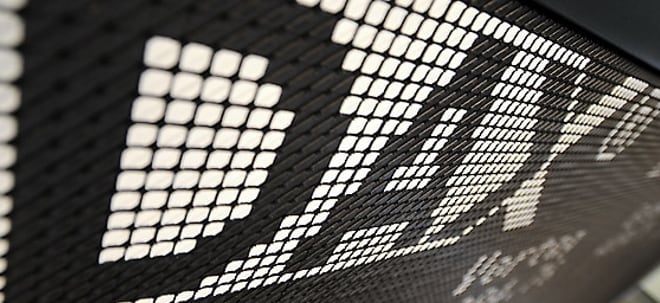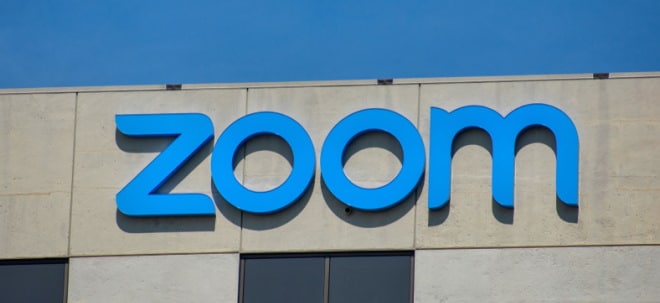Lupus, auch als systemischer Lupus erythematodes oder SLE ist eine Krankheit, die das Immunsystem beeinflusst. Normalerweise kämpft das Immunsystem Infektionen durch Keime verursacht werden
Blockbuster Potential? Ich glaube Ja.
Ungewöhnliche Story...
http://www.immupharma.com/
81 Mio Aktien.
News-Medical: Was ist Lupus?
http://www.news-medical.net/health/What-is-Lupus-%28German%2…
Lady Gaga positiv getestet Wie gefährlich ist Lupus?
http://www.bild.de/ratgeber/gesund-fit/promi/auto-immunkrank…
Dr House: http://de.wikipedia.org/wiki/Dr._House
http://www.proactiveinvestors.co.uk/LON:IMM/ImmuPharma-PLC/
ImmuPharma: A second bite at the cherry, but is the market really plugged into Lupuzor's potential?
28th Feb 2012, 2:11 pm by Ian Lyall The potential market for the product is such that Lupuzor is a blockbuster in the makingThe potential market for the product is such that Lupuzor is a blockbuster in the making
Very rarely does a small drug company have the opportunity to do the same transaction twice – with every prospect of getting an even better deal the second time around.
But this is exactly what has happened with ImmuPharma (LON:IMM) and its leading drug, Lupuzor, which is expected to attract the attention of the sector’s big boys.
ImmuPharma’s good fortune was the result of the US$6.8 billion takeover of joint venture partner Cephalon by generic drug maker Teva.
After the deal was consummated, ImmuPharma was able to wrestle back the rights to Lupuzor, a treatment for the auto-immune disease lupus.
The point to emphasise is the British minnow took the drug back - thanks mainly to a watertight contract, which allowed it to regain control of Lupuzor. It wasn’t returned unwanted.
Not just that, it received all the data collated by Cephalon free of charge.
The potential market for the product is such that Lupuzor is a blockbuster in the making.
“It is quite unusual to get a second bite of the cherry in this way,” says chief executive Dimitri Dimitriou.
That’s an understatement. It is unheard of to reclaim such a precious asset, and ImmuPharma’s management and lawyers should be commended for their diligence in drafting the initial contract with Cephalon.
The next step is to find a new licensing partner for Lupuzor, which has the all-clear to go into phase III clinical trials.
Once completed, the approval process will be fast-tracked by America’s all powerful Food & Drug Administration, shaving around a year off the process.
The company has also been given approval to start the next phase of development with a Special Protocol Assessment. This SPA is an important sign-off on the company’s clinical trial protocols.
The agency is essentially saying that, assuming no unforeseen issues, it will approve the drug if it matches or exceeds certain criteria.
Since the SPA is granted before the data is generated, the FDA tends to be conservative when handing them out.
Dimitriou revealed recently he has “rekindled” negotiations with big pharma companies interested in Lupuzor.
And it seems the interest is coming from all around the world, including the UK, US, Europe and Japan.
“The names include the top 10 or 15 in the world,” he adds.
“We had discussions with companies before Cephalon. It was very easy to rekindle those discussions. The great thing is the stage Lupuzor has got to.”
ImmuPharma is likely to be able to negotiate a very attractive deal given Lupuzor is so far advanced through the clinical trials process.
The headline value of the Cephalon licensing agreement included double-digit royalties plus US$500 million cash, including upfront payments of US$45 million which ImmuPharma received and are not refundable.
“The deal with Cephalon was large,” says Dimitriou. “I would like to get a big upfront this time around too.”
The potential market for the drug is significant, with around 1.5 million sufferers just in the G7 countries. The potential worldwide is even larger.
Benlysta, a new drug launched earlier this year by GlaxoSmithKline and Human Genome Sciences, is the first new drug in 50 years for lupus and should help pave the way for ImmuPharma’s drug.
HGS, before the launch, suggested Benlysta could effectively target around 200,000 suffers of this debilitating illness.
At this point the company was talking about selling the treatment for US$20,000 a year, giving potential peak sales of around US$4 billion. However it is currently being marketed at US$35,000 per annum.
“We have said for Lupuzor our target price may be around US$10,000 – US$15,000 a month,” Dimitriou reveals.
“Perhaps the licensee will go with another figure. But it is still going to be a lot less than US$35,000.”
The price differential is explained by the fact that Lupuzor is significantly cheaper to produce.
However it’s not an inferior product. Tests have shown it is more efficacious, well tolerated and easier to administer than Benlysta.
All of which should help open the drug to a much wider audience.
Dimitriou expects it will take around two years from the start of phase III to get Lupuzor out into the market, although cash will come in much before that if ImmuPharma does a deal with a pharma company.
To keep the risk low, ImmuPharma plans to let the partner start, manage and fund phase III. Normally, a beauty parade of this kind takes anywhere up to a year, but the company is well into partnering discussions.
The ImmuPharma chief hopes to have concluded a licensing deal in six to eight months, and adds: “I would really hope by the end of this year we will have a deal.”
There is the other alternative: that ImmuPharma is taken out before it can conclude these negotiations.
Certainly with company’s market value, sitting at £65 million, it might make financial sense for a predatory drugs company to make a play for the group.
“We would be open to something that offered value. But the simple fact is big pharma tends not to like to buy companies outright; a licensing deal comes usually first,” says Dimitriou.
And he is right. They prefer the more collaborative, ‘suck and see’ approach that a licence or joint venture deal affords.
As well as Lupuzor, ImmuPharma also has IPP-204106, a cancer compound born of its collaboration with France’s Centre Nationale Recherche Scientifique.
It has a dual action in that it targets cell proliferation and the development of new blood vessels, a process called angiogenesis.
With around £10 million in the bank the group has the funds to take it to the end phase.
Any extra cash will allow the company to progress potential drug candidates for the hospital super-bug MRSA, severe pain and inflammation.
What ImmuPharma won’t be doing is spending its new found wealth on acquisitions.
However, Dimitriou might consider a special dividend if it is deemed an appropriate use of any excess funds. “We do not have a closed mindset on the idea,” the ImmuPharma CEO adds.
According to brokers, the current share price of 79 pence wildly under-estimates the company’s potential, and the value of Lupuzor.
Merchant Securities reckons ImmuPharma is worth 323 pence a share.
In a note to clients it said: “ImmuPharma is one of the few biotechnology companies in the UK market with full control over a late-stage asset which is ready to start Phase III (pivotal) clinical trials in the short-term, and be re-licensed for a second time to a major pharmaceutical company, as a potential best in class product.” |


 Thread abonnieren
Thread abonnieren

